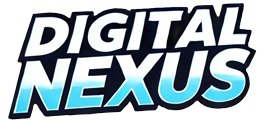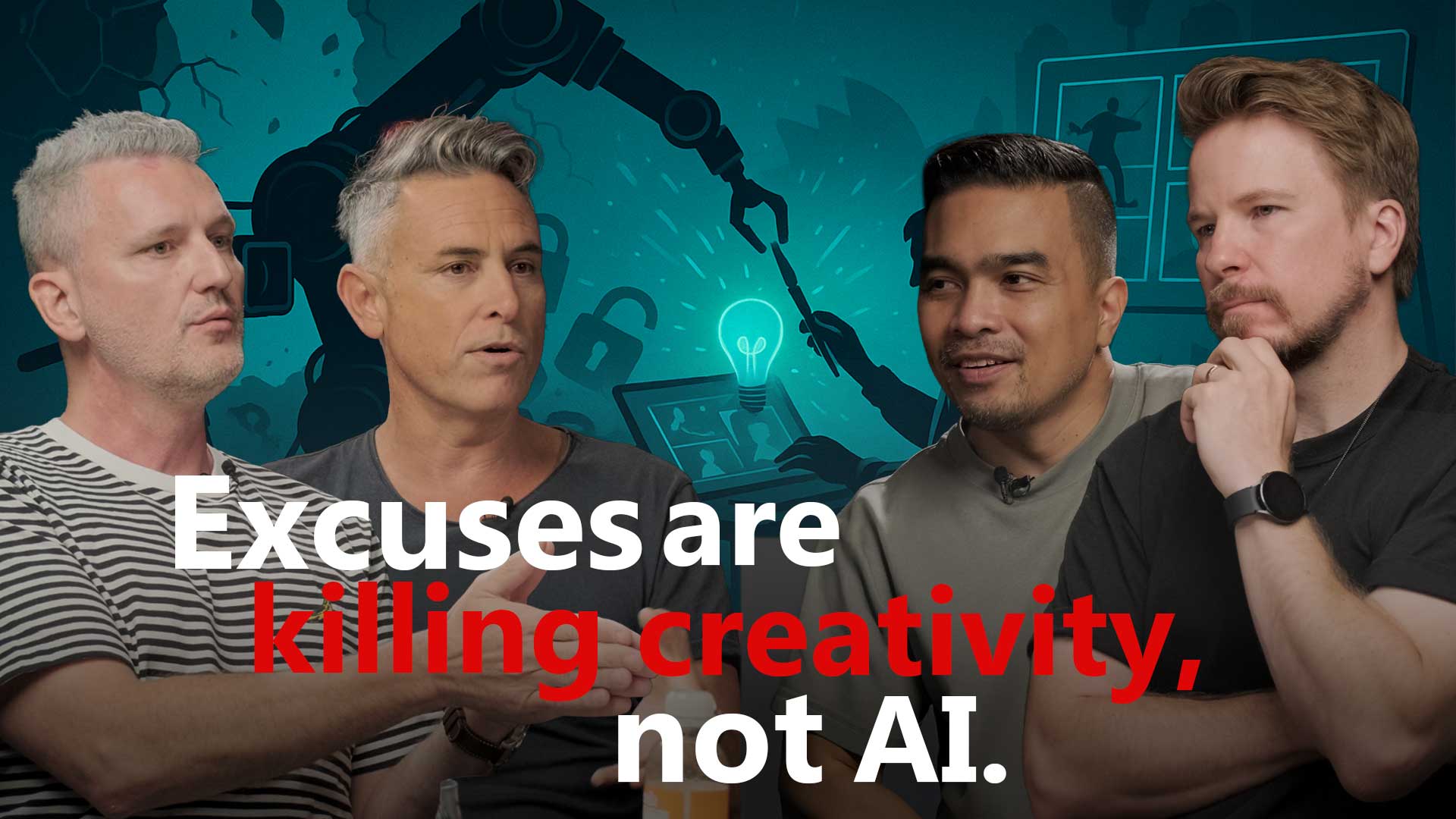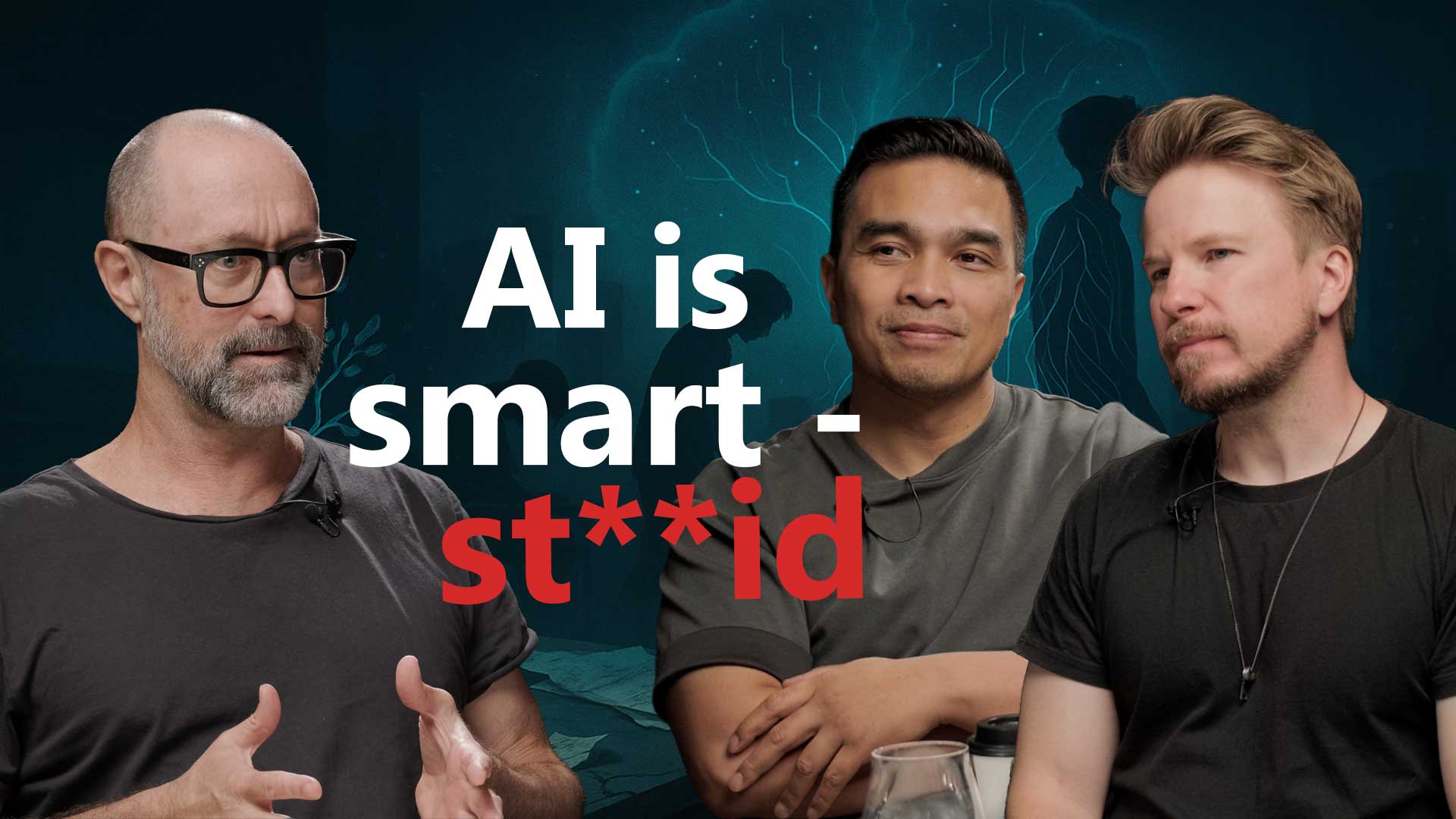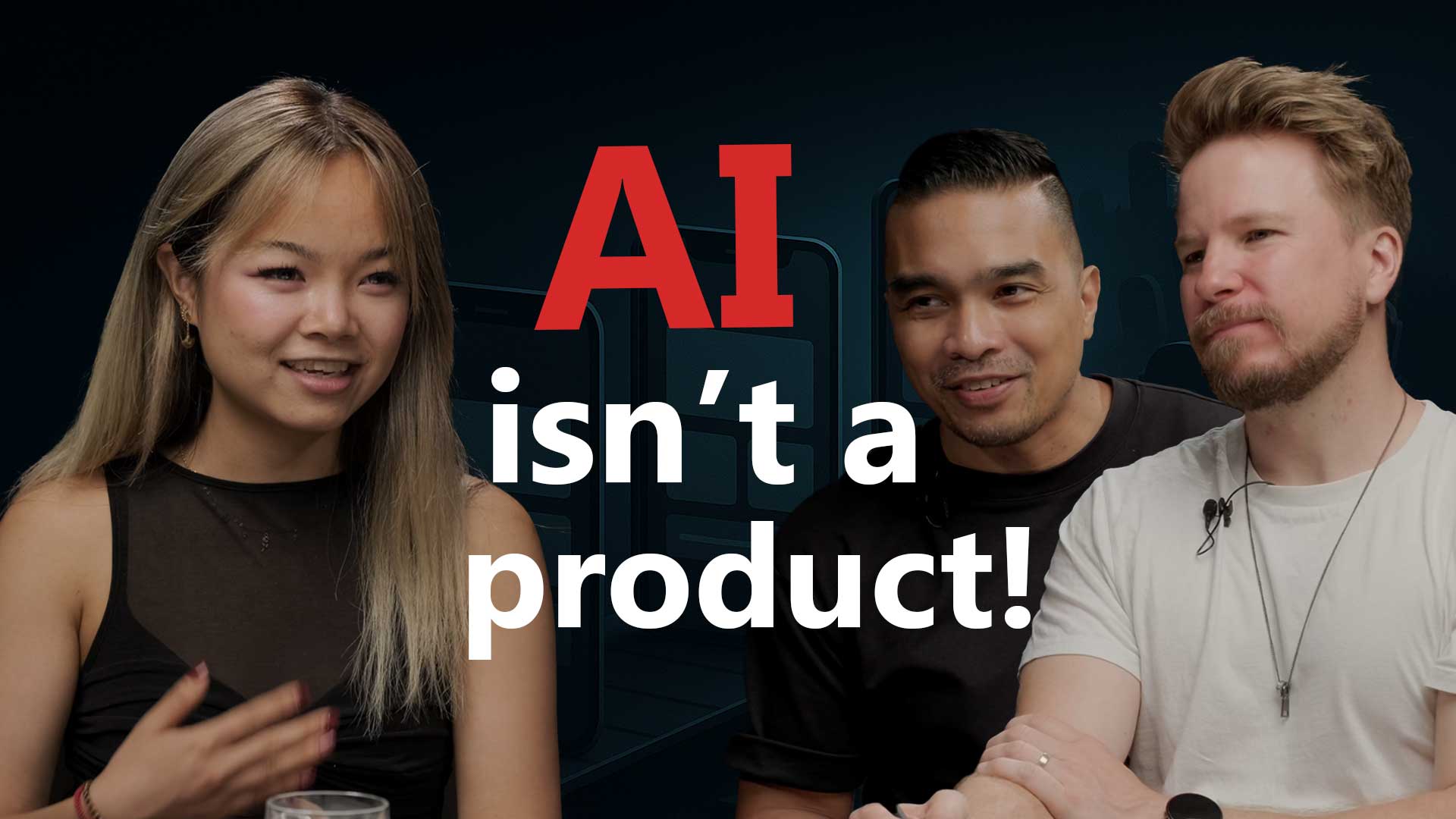AI isn’t the enemy, it’s the experiment of our lifetime. At SXSW Sydney 2025, we took Digital Nexus onto the floor and into the streets to ask a simple question: doom or hope? From late-night hackathons to founders shipping agentic workflows, this episode captures how Australians are actually building with AI.
We go behind the scenes with builders and community leads from Build Club, hands-on teams using Relevance AI, Lovable, and Bolt.new, and ecosystem voices like the National AI Centre, plus candid vox pops from attendees who think AI is either saving creativity… or killing it. If you’re a founder, product leader, or designer trying to turn hype into shippable outcomes, start here.
You’ll learn
Why “AI doom vs. hope” is the wrong frame—and what builders are doing instead
Where agentic workflows beat black-box agents (and when they don’t)
How tools like Relevance AI, Lovable & Bolt.new compress idea to MVP
Practical adoption patterns we saw across Aussie startups and teams
What the National AI Centre says about responsible rollout in AU The real skills founders need next (UX, data, orchestration, governance)
Timestamps / Chapters
01:02 – Intro at SXSW Sydney 2025 (what we’re testing & who we met)
03:18 – Street takes: “AI apocalypse” vs “AI accelerator” (vox-pop highlights)
06:45 – Builder mindset: why agentic workflows beat pure agents
09:12 – Hands-on demos: rapid prototypes with Relevance AI & Lovable
11:00 – What does the public say about AI? 16:30 – Saanvi Y – Founding Member of Build Club
20:04 – Ishita Gupta from Kinso AI
23:11 – Community spotlight: inside Build Club (skills, projects, outcomes)
27:06 – Rita Arrigo from the National AI Centre on responsible AI in Australia
31:40 – Teams & tooling: when to choose ChatGPT, Claude, or Gemini
35:22 – From fear to shipping: practical prompts, guardrails, and QA loops
38:05 – Creativity & jobs: what changes, what doesn’t, what gets better
41:10 – Takeaways: our SXSW checklist for founders & product leads
43:02 – Outro & next steps: links, resources, and how to get involved



